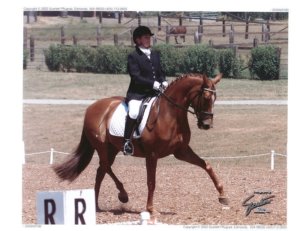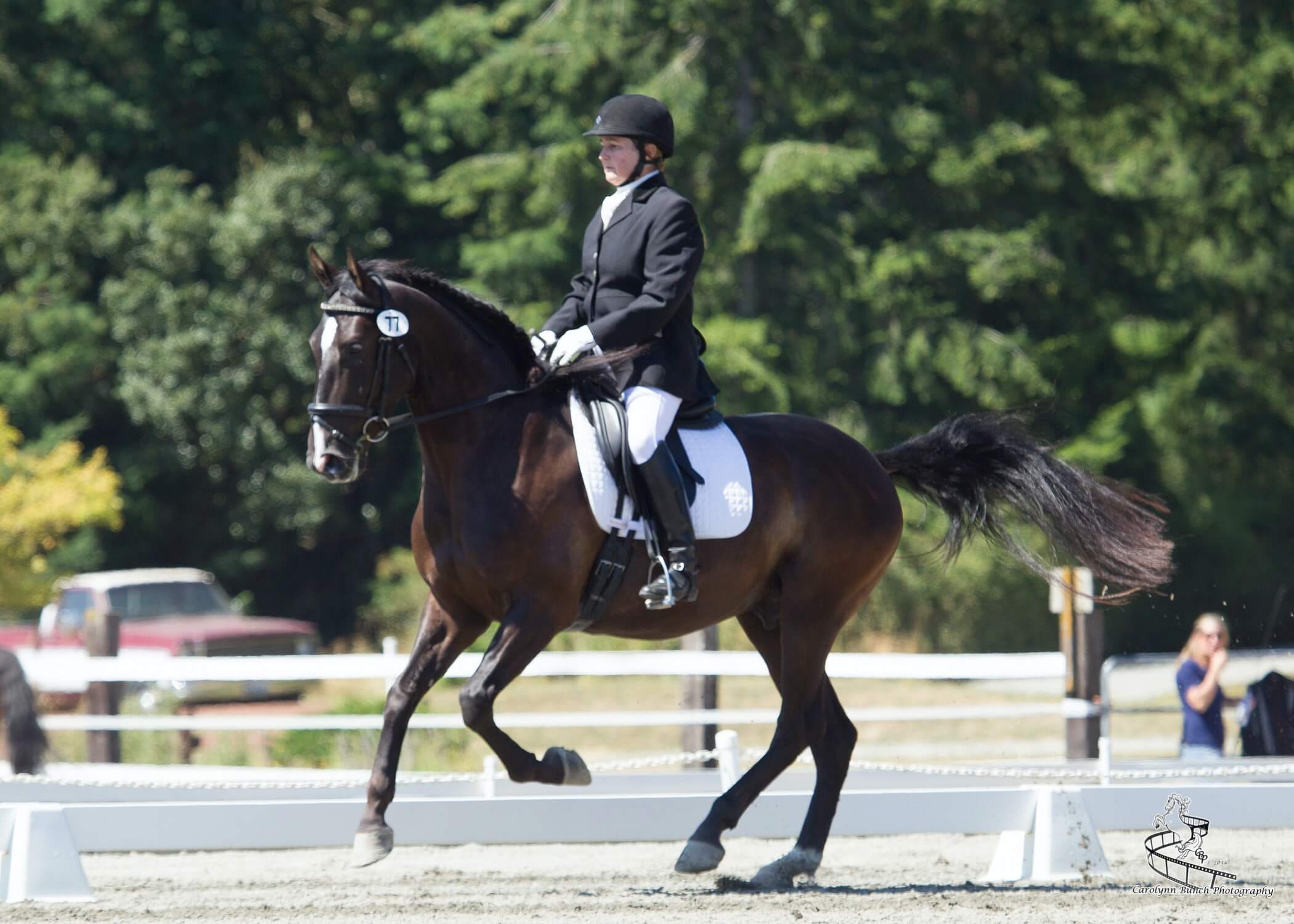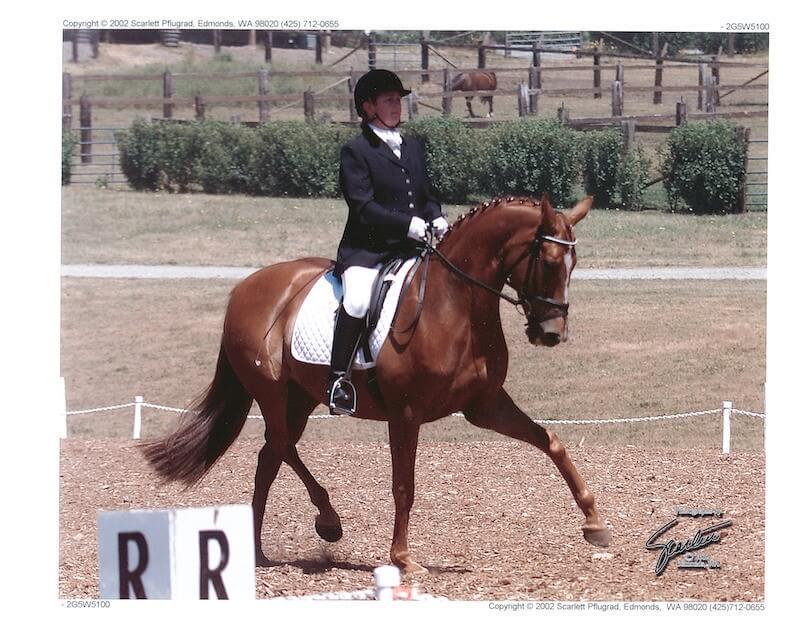Guidelines for Good Training
by Kim Roe
Over my career as a horse trainer, I’ve developed a horseman’s protocol or “code” for good training. I keep these priorities in mind whenever I’m working with a horse, and teach my students to do the same. These are not so much training “techniques” as guidelines toward a rewarding and successful life with horses. The following, I believe, are the most important.
Love the horse you’re with: Effective training begins with praise – there is no room for punishment – correction, yes, but framed by praise. If we are struggling with a horse that is aggressive, spooky, lazy, pushy, has stable vices, or conformational problems, we may be tempted to give up on that horse, or get pretty negative about him. Once we’ve framed this horse with negativity, we’ve lost our ability to be an effective trainer. Horses are amazingly intuitive. They sense anger, fear, and uncertainty, as well as acceptance, appreciation, and confidence. If negative thought seeps into my training of a particular horse, I step back and focus on whatever good I can find in him. It might be as small a thing as he has good feet, ties well, or he’s neat in his stall, and then I start to “tell” him what a good boy he is for these things. Once praise and positivity become the focus, the training progresses only at a pace that allows me to reward that horse for something every day. Pretty soon, that horse will become a good horse in some way.
Do the ground work: 95% of our time with our horses is spent with us on the ground around that horse. We need to be able to lead him, tie him, groom him, load him in a trailer, hold him for a farrier or a vet, give him a bath, take him to his field, etc. If the horse is a monster on the ground, he will be unbearable (and dangerous) to spend time with and many problems you experience on the ground will show up under saddle. Work on it with every horse, every day.

Give your horse a job: A happy horse is a horse that has something to do! One of the worst things we can do is lock him in a stall or small pen and ignore him. Horses need these things to thrive: Good feed, companionship, and the opportunity to move around. Come up with interesting, mildly challenging, work for your horse. This gives you the opportunity to praise him. Teach him to open and close gates, ride over poles or jump, go out riding across country, teach him tricks, and so on. If you are in a situation where you just don’t have time, or are strictly a fair-weather rider, then that horse needs to be with other horses in a place where he can touch and interact with another living creature and self-exercise.
Kill your fear: Please note I am not saying ignore your fear. Fear is real. It is there to let you know you are getting in over your head. Pay attention to it, figure out where it is coming from and deal with it. This may mean backing off on your training, getting the help of a professional, or maybe even selling the horse that is causing you all the fear – you may not be a match. Just know this: you absolutely will not have success if you are experiencing a lot of fear when you are around your horse. The horse senses that fear and will become either fearful himself (dangerous) or become aggressive (dangerous). There are many ways to get rid of the fear.
Slow and steady wins the race: It really is true that the slower you go in your training the faster you get there – within reason. I’m not talking about waiting until “Cupcake” is an eight-year-old to start halter breaking her; I’m talking about training your horse consistently, allowing time for mental and physical development. We get into trouble when we leave our horse in his stall all winter, and then decide to move him up a level in his training from last summer. In one week. Don’t do it!
Pay attention: Horses are talking to us all the time. Are you listening? They let you know with their ears, eyes, noses, necks, postures, etc. exactly what they are thinking and what they are going to do next. If you aren’t paying attention, listening, you may very well end up bruised, or worse.
By following these strategies you will increase your enjoyment of your horse and your effectiveness as a trainer. Horses make us better humans, which is one of the reasons we continue to be drawn to them.
Published April 2012 Issue

Kim Roe grew up riding on the family ranch and competed in Western rail classes, trail horse, reining, working cow, and hunter/jumper. She trained her first horse for money at 12 years old, starting a pony for a neighbor.
Kim has been a professional dressage instructor in Washington state for over 30 years, training hundreds of horses and students through the levels. In recent years Kim has become involved in Working Equitation and is a small ‘r’ Working Equitation judge with WE United.
Kim is the editor of the Northwest Horse Source Magazine, and also a writer, photographer, and poet. She owns and manages Blue Gate Farm in Deming, Washington where she continues to be passionate about helping horses and riders in many disciplines.






